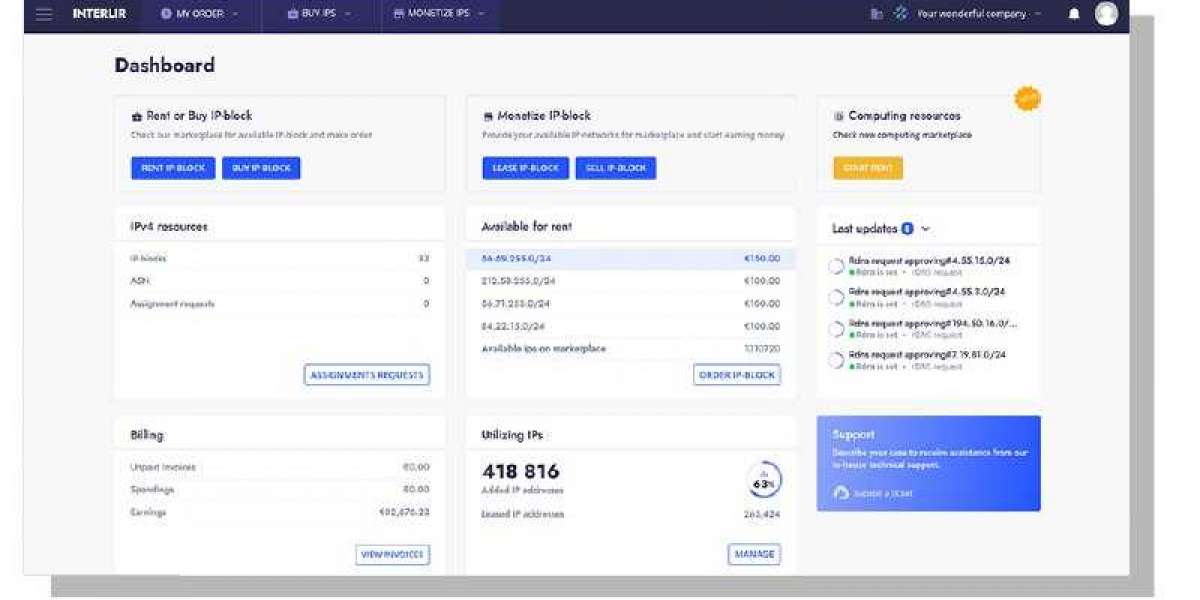Fraud doesn’t stay still. Every time technology evolves, criminal methods adapt faster than expected. From deepfake voice calls to coordinated phishing rings, the line between social engineering and automation keeps blurring.
The pace matters. A few years ago, most online scams relied on fake emails. Now, attackers exploit AI tools, mobile banking shortcuts, and even smart contracts to reach victims directly. That’s why keeping track of Fraud Trend Updates isn’t optional — it’s part of any solid security routine.
The goal isn’t just awareness. It’s building habits that convert information into prevention.
Step 1: Map the Modern Fraud Landscape
Start with the “who” and “how.” Most current fraud schemes fall into three broad categories: identity-based, payment-based, and communication-based.
- Identity-based fraud includes synthetic identities built from real and fake data. They slip past automated KYC checks because the profiles appear legitimate.
- Payment-based schemes exploit instant-transfer systems. Once funds move, recovery windows shrink dramatically.
- Communication-based tactics include cloned voices, deepfake video calls, and AI-written messages designed to trigger emotional responses.
Each type follows the same pattern — automation at scale and personalization at the final moment. Knowing where your own digital footprint overlaps these channels is the first diagnostic step.
Step 2: Build a Routine for Fraud Monitoring
Reactive defense no longer works. A practical strategy is to create a fraud-monitoring routine that functions like a checklist.
- Audit your accounts monthly. Look for microtransactions or unrecognized logins.
- Segment passwords by importance — financial, social, work — and update one group each quarter.
- Activate transaction alerts. Push notifications create immediate awareness and shorten response time.
- Review privacy settings on all major apps; adjust data visibility to “friends only” or tighter.
- Track credible sources for updates — cybersecurity advisories, official bank bulletins, or verified publications like 마루보안매거진, which regularly summarizes threat trends in accessible language.
You can complete the checklist in under 30 minutes a month. The routine matters more than the tools.
Step 3: Verify Before You Trust
The next strategic layer is verification discipline — how you decide what’s real online. Fraudsters rely on trust shortcuts. Break those shortcuts deliberately.
- Stop and validate before clicking any unexpected link.
- Reverse-search suspicious domains to confirm legitimacy.
- Reauthenticate through known contact channels instead of replying to messages directly.
Think of verification as a reflex you strengthen through repetition. Over time, hesitation becomes intuition — the mental firewall that software can’t replace.
Step 4: Manage Human Factors Inside Organizations
In teams, the weakest link is rarely software. It’s workflow. A fraud prevention plan must define who authorizes what, under which conditions, and through which channels.
Practical structure:
- Dual authorization for all outgoing payments.
- Mandatory callback verification for supplier changes.
- Quarterly simulation drills where staff test response to phishing or impersonation attempts.
According to training programs documented by the Family Online Safety Institute (fosi), scenario-based learning improves retention far more than passive warnings. Organizations that embed testing into culture reduce response delays significantly.
That’s the difference between knowing a rule and applying it under pressure.
Step 5: Align Tools with Behavior
Even the best apps fail if daily behavior contradicts them. Strategically align tools to your habits.
- If you travel frequently, use password managers with local encryption, not cloud-only access.
- If you handle large payments, enable transaction time delays for self-review.
- If your work involves public communication, monitor impersonation attempts through name alerts.
Each measure fits a behavioral pattern rather than a generic checklist. Strategic security means making defenses invisible to your workflow — protective by design, not disruption.
The Next Step: Turn Updates Into Action
Fraud trends will keep changing, but the playbook stays constant: observe, adapt, repeat. Treat every major news story about scams as a prompt to reassess your own systems.
The real measure of safety isn’t whether you’ve read the latest update — it’s whether you’ve acted on it. Schedule reviews, share insights, and challenge assumptions. That ongoing rhythm of awareness is what keeps your digital confidence intact.
Fraud evolves fast, but disciplined strategy moves faster.






